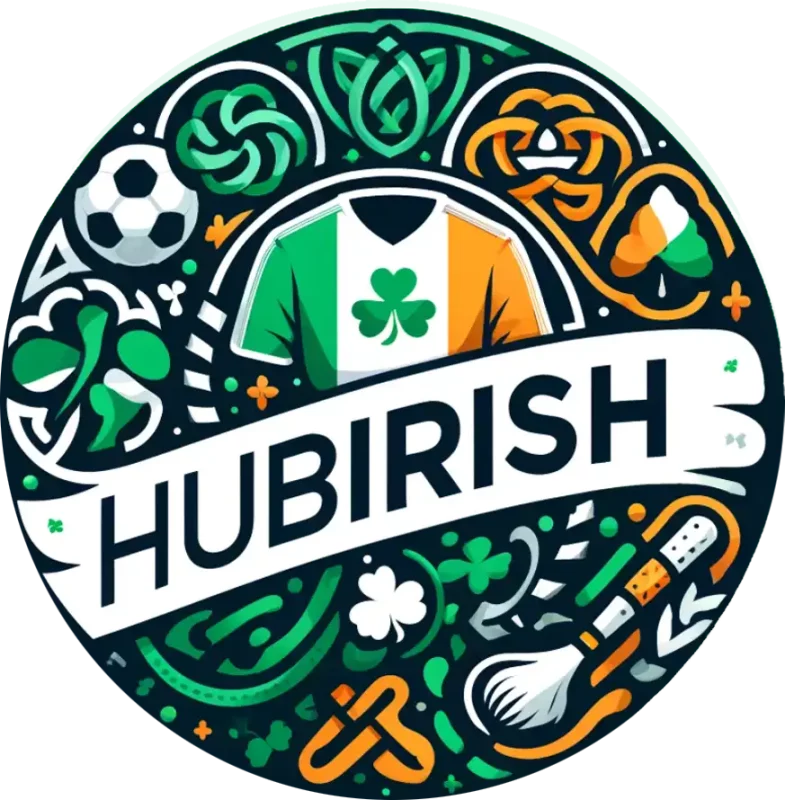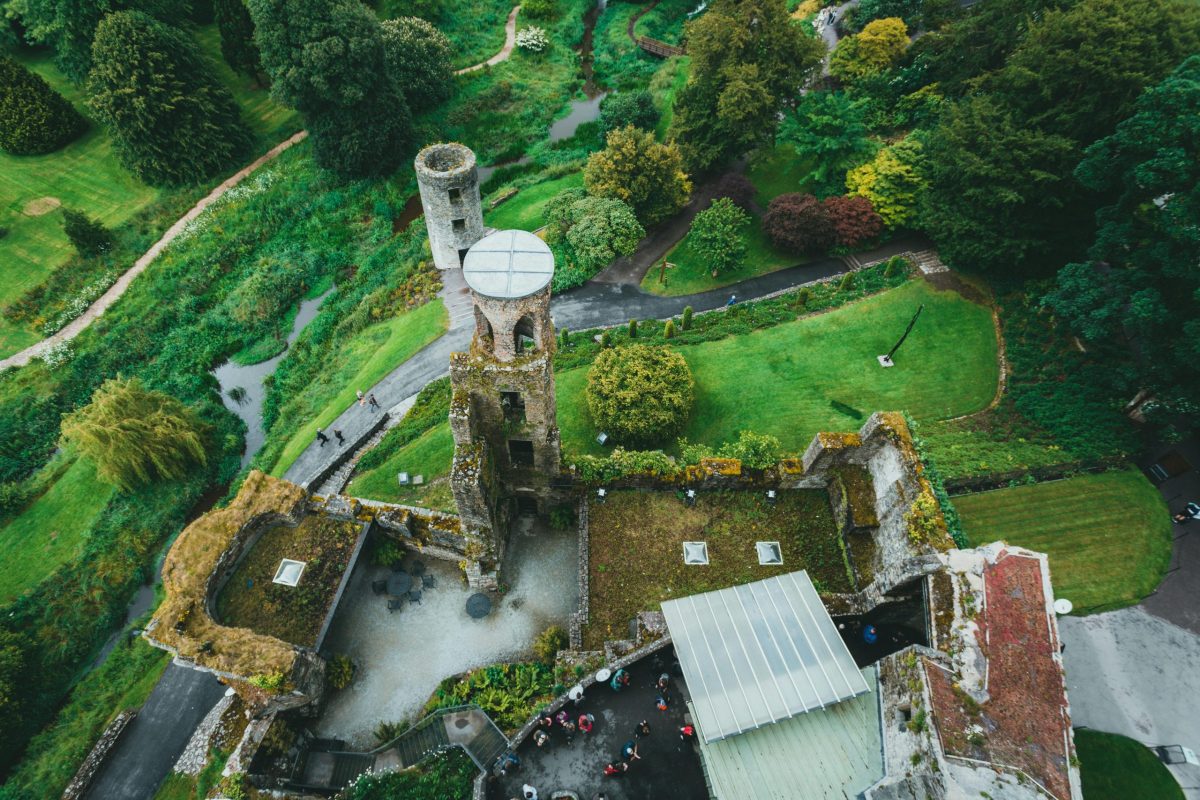Uncategorized
Dublin and the Legacy of the 1916 Rising
The Night Dublin City Stood Still: Remembering the 1916 Rising
Estimated reading time: 5 minutes
- Resilience through adversity
- Solidarity and identity among Irish communities
- The cultural impact of the 1916 Rising
- The Proclamation: Words that Changed Everything
- The Aftermath: Heroes and Martyrs
- What We Can Learn
- The Irish Sentiment: A Global Tapestry
- Did You Know?
- The Rising’s Legacy: FAQs
- In Conclusion: A Call to Action
The Proclamation: Words that Changed Everything
Ah, the night Dublin City stood still—it wasn’t just a moment frozen in time; it was the birth of a nation wrapped in resolve and defiance. A proud Irishman or woman would tell you that the echoes of that fateful Easter Monday in 1916 still reverberate through the streets of our capital, lighting up the hearts of the Irish Diaspora and sparking pride in every corner of the globe. It was a pivotal chapter in our long and tumultuous tale, where the spirit of the Irish people rose as triumphantly as the sun that replaced the dark clouds of imperialism.
Picture it: the clock strikes noon, the year is 1916, and the air is thick with a mix of gunpowder, tension, and unyielding hope. Dublin was no longer just a city; it was the arena for self-determination. Armed with little more than rifles, a handful of dreams, and a proclamation written with the blood of ancestors yearning for freedom, Patrick Pearse and his comrades made their stand against the might of the British Empire—who would have thought a mere newspaper editor, a poet, and a schoolmaster could ever stir the spirit of a nation?
The Aftermath: Heroes and Martyrs
On that day, the bold proclamation declaring Ireland’s independence was read outside the General Post Office. Its words were as potent as gunfire, firing neurons in the hearts of every listener, igniting nationalist fervor like a blazing bonfire in a field. The proclamation was a promise: a commitment to a republic that treasured equality, religious freedom, and the rights of women. Just like the strong women who fought alongside their brothers, sisters, and comrades—think Countess Markievicz or the countless others whose stories often get swept under the march of history.
As the smoke from the gunfire billowed above O’Connell Street, life in Dublin was irrevocably changed. The sense of normalcy vanished like a pint down the hatch. Musicians, mothers, and workers found themselves in the eye of a hurricane, caught between the tear gas and whispers of rebellion. Their lives stood still, even as the chaos enveloped them.
And then came the inevitable aftermath. The city lay in ruins, but out of the ashes arose icons—James Connolly, the socialist firebrand, lay fatally wounded and used a chair as the last bastion of his defiance. Michael Collins, a coming force with steely resolve, began crystallising into the legend the nation would remember. Their sacrifices weren’t in vain; they sparked a fire that would engulf generations.
The rebels may have lost the first battle, but what they gained was far more potent: they awakened a sense of identity, one that resonates through Dublin’s GAA jerseys today, filled with sweat, pride, and a shared history that refuses to fade.
What We Can Learn
- Resilience: Just like GAA teams endure rocky matches, our ancestors fought against overwhelming odds.
- Solidarity: The bonds formed during the rising resonate today. Wearing a county jersey abroad isn’t just about sport—it’s a statement of identity and kinship.
- Cultural Pride: The 1916 Rising helped shape modern Irish identity; it sparked a revival of Irish arts, language, and sport, cementing our culture on the world stage.
The Irish Sentiment: A Global Tapestry
You might be sitting in a Galway pub or nursing a pint in a Chicago bar—everywhere you turn, the spirit of those rebels lives on, not just in Ireland, but across a global tapestry of Irish identity. It’s in those late-night chats in the pub, where tales of bravery are passed around like pints, where the ghost of the Rising whispers, inviting us to remember and honour those who came before.
Every stitch of an Irish flag flown in Toronto, every Irish dance in Sydney, and even every GAA jersey worn at a tailgate party in the States is a salute to that moment in 1916. In many ways, it’s not just about Dublin; it’s about every corner of the globe where the Irish spirit thrives.
Did You Know?
- The GAA was founded in 1884 as a way to preserve traditional Irish sports that the British aimed to squash—just as they tried in 1916.
- A single copy of the Proclamation was published just hours before being read, making it one of the most significant photocopies in history!
- Interestingly enough, many of the rebels’ descendants today wear GAA jerseys with pride, feeling just as strongly about their identity as their forebears did.
The Rising’s Legacy: FAQs
Where can I find a retro Ireland jersey?
You can grab the 1990 Ireland soccer jersey for a proper throwback that brings the pride of our past to your present.
Is there a jersey for the 1916 Rising?
Absolutely! Commemorate the Rising’s spirit with the Tipperary 1920 commemoration jersey, a tribute to our fierce resilience and history.
In Conclusion: A Call to Action
As nightfall softly blankets Dublin, we pay tribute to that unforgettable week of April in 1916. Let us acknowledge the sacrifices made, reflect on our history, and carry forward the torch for future generations. Whether you’re standing on the cliffs of Moher or in the heart of Boston, remember: the spirit of Ireland thrives within us all.
To celebrate our heritage, check out our collection of jerseys and memorabilia that keep the echoes of our past alive—head over to HubIrish.com and find something that resonates with your Irish soul. Let’s raise our glasses to our history, our identity, and the bold tales that unite us still today. Sláinte!

